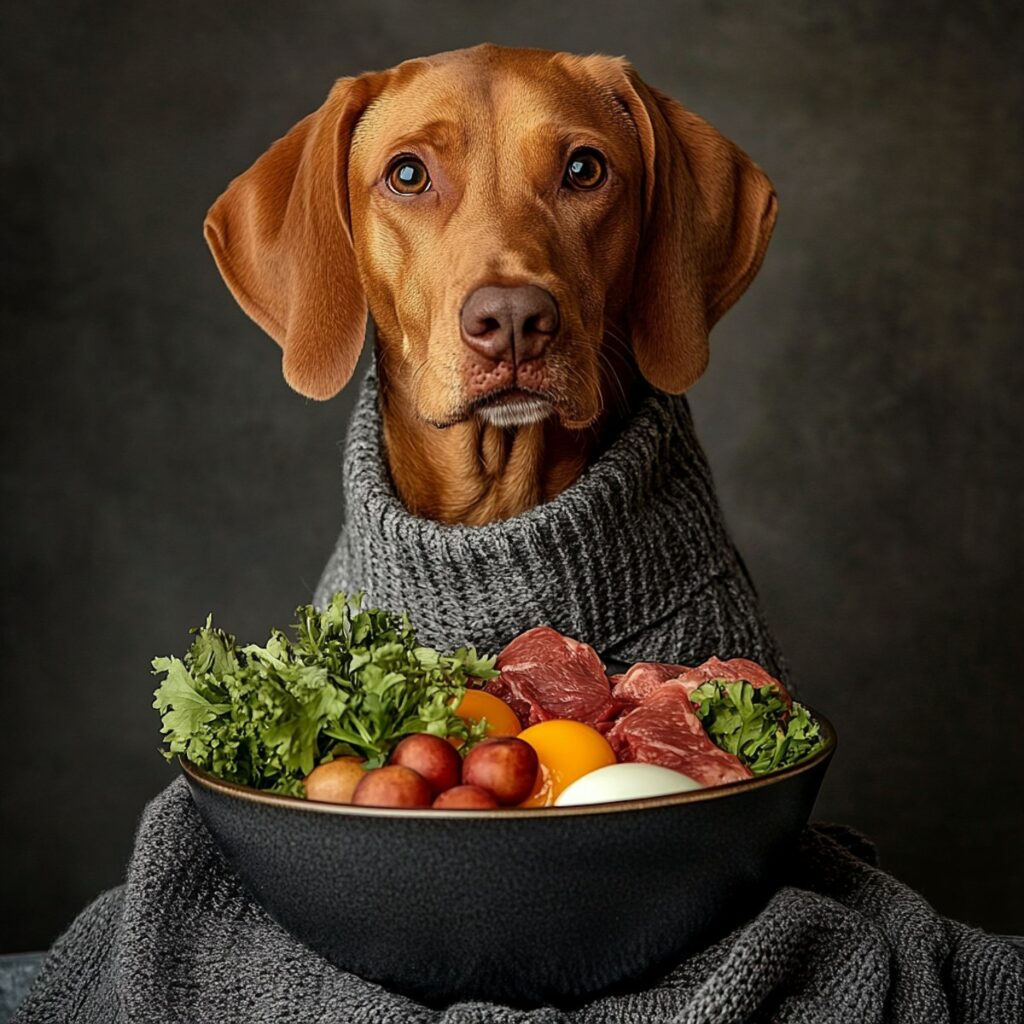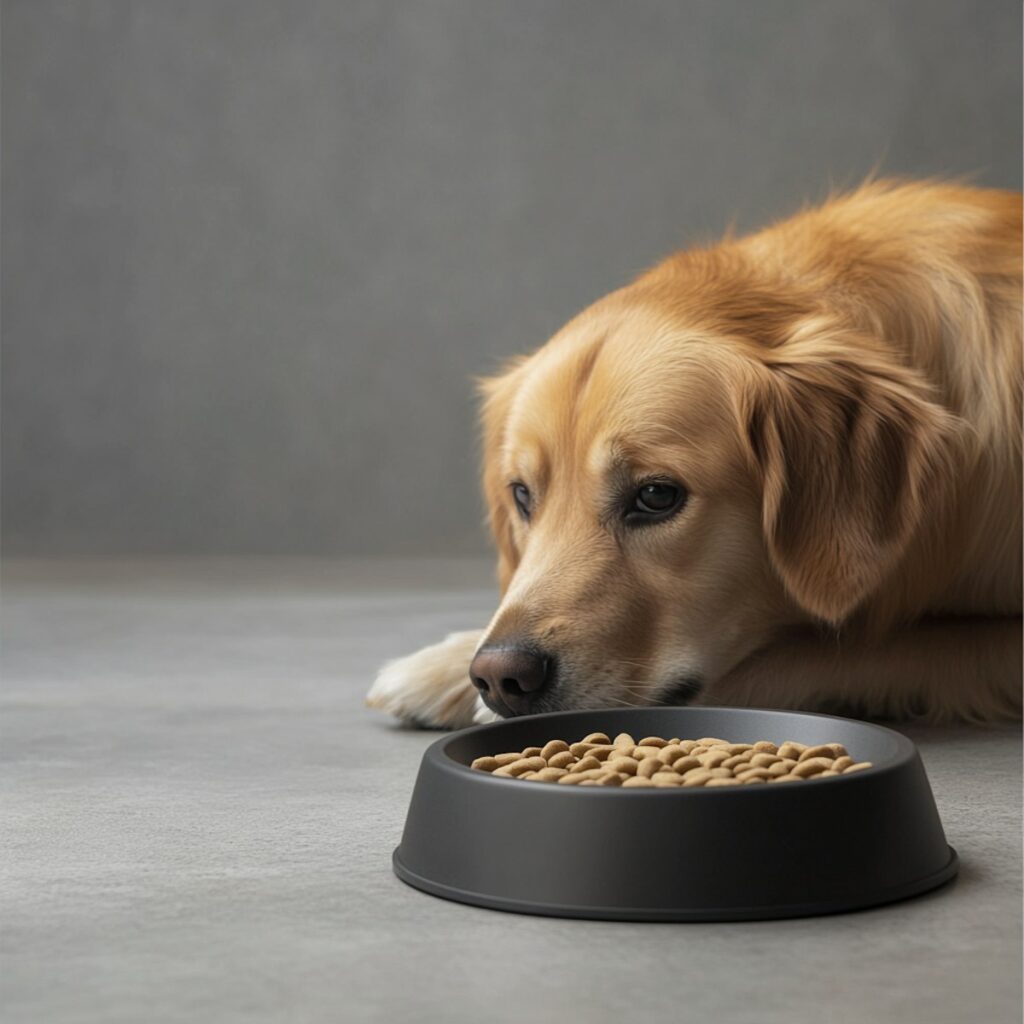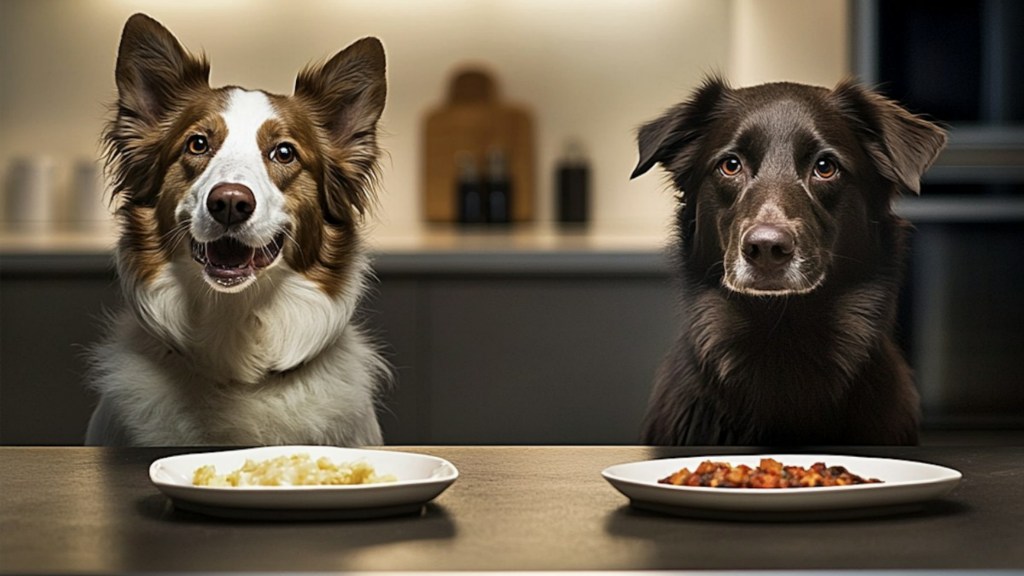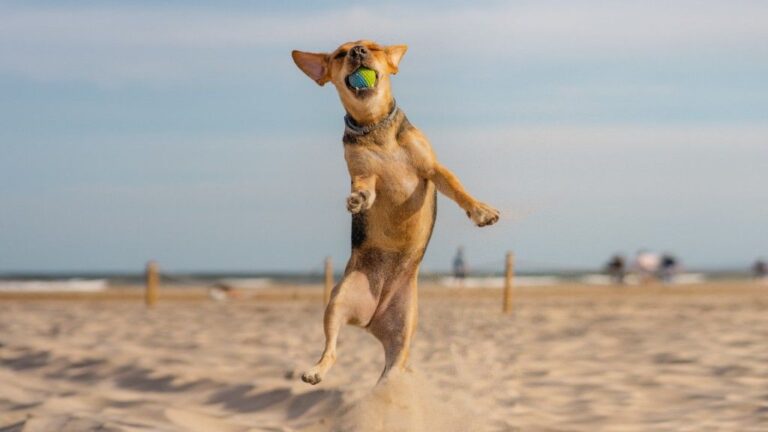Top 7 Dog Breeds Prone to Weight Gain – Dogs bring joy, companionship, and endless entertainment to our lives, but just like humans, they can struggle with maintaining a healthy weight. Certain dog breeds are genetically predisposed to packing on extra pounds due to their metabolism, body structure, or natural tendencies to overeat.
Weight gain in dogs can lead to serious health issues such as diabetes, joint problems, and heart disease, making it crucial for owners to recognize the risks and take proactive steps.
In this article, we’ll explore the top seven dog breeds most prone to weight gain, why they’re susceptible, and how to keep them fit and healthy.
Table of Contents
1. Labrador Retriever
Labrador Retrievers consistently top the list of breeds prone to weight gain. Known for their friendly demeanor and insatiable appetites, Labs have a genetic predisposition to obesity. A 2016 study published in Cell Metabolism identified a variation in the POMC gene in Labs, which affects their ability to feel full, leading them to overeat if given the chance. Their stocky build and love for food—whether it’s their kibble or your dinner—make portion control essential. Regular exercise, such as swimming or fetch, is key to keeping Labs trim.
Also Read: 9 Timid Dog Breeds That Need Extra Love and Care
2. Beagle
Beagles may be small, but their love for food rivals that of much larger breeds. Originally bred as scent hounds, Beagles have a keen nose that drives them to seek out treats and scraps relentlessly. Their compact size means they don’t require as much exercise as larger breeds, which can lead to calorie buildup if their diet isn’t carefully monitored.
Beagles are also notorious for their pleading eyes, making it hard for owners to resist overfeeding. Puzzle toys and scent-based games can help satisfy their instincts without adding extra pounds.

3. Pug
Pugs are charming little dogs with a big problem: their sedentary nature and hearty appetite. With their short snouts and compact, barrel-shaped bodies, Pugs aren’t built for intense physical activity, and their brachycephalic structure can make breathing—and thus exercise—more challenging. Combine this with their love for lounging and eating, and you’ve got a recipe for weight gain. Owners should opt for short, frequent walks and low-calorie treats to keep their Pugs in shape.
4. English Bulldog
English Bulldogs are another breed prone to packing on pounds due to their low energy levels and stocky physique. Their short legs and heavy frames mean they’re not inclined to run marathons, and their breathing difficulties (another brachycephalic breed) further limit their activity.
Bulldogs also have a tendency to gain weight quickly if overfed, as their metabolism isn’t particularly fast. A balanced diet and gentle exercise, like slow-paced walks, can help maintain their health.
5. Dachshund
Dachshunds, with their long bodies and short legs, face unique challenges when it comes to weight. Even a few extra pounds can put significant strain on their spines, increasing the risk of intervertebral disc disease (IVDD), a common and painful condition in the breed. Their curious nature often leads them to scavenge for food, and their small size means overfeeding happens easily. Regular, moderate exercise and strict portion control are vital to keeping these “wiener dogs” at a healthy weight.

6. Cocker Spaniel
Cocker Spaniels are known for their soulful eyes and silky coats, but they’re also prone to obesity. Historically bred as hunting dogs, modern Cockers often lead more sedentary lives, yet retain their hearty appetites. Their love for food, combined with a slower metabolism as they age, can lead to rapid weight gain. Owners should prioritize lean proteins and avoid table scraps, while ensuring daily walks or playtime to burn off excess energy.
Also Read: 9 Best Pure White Dog Breeds That You’ll Love
7. Basset Hound
Basset Hounds round out our list with their droopy ears, mournful expressions, and low-slung bodies. Like Beagles, they’re scent-driven and will follow their nose to any available food source. Their short legs and heavy bones make them less active by nature, and their metabolism tends to be on the slower side. Weight gain in Bassets can exacerbate joint issues, such as hip dysplasia, so a controlled diet and gentle exercise are critical for their well-being.
Weight Gain Risk Chart
| Rank | Breed | Key Factors | Exercise Needs | Diet Tips |
|---|---|---|---|---|
| 1 | Labrador Retriever | Genetic hunger cue issues, stocky build | High (1-2 hrs daily) | Strict portion control |
| 2 | Beagle | Food obsession, low exercise needs | Moderate (45 min daily) | Avoid free-feeding |
| 3 | Pug | Sedentary, breathing issues | Low (20-30 min daily) | Low-calorie treats |
| 4 | English Bulldog | Low energy, slow metabolism | Low (20-30 min daily) | Lean diet, no overfeeding |
| 5 | Dachshund | Small size, spinal health risks | Moderate (30-45 min) | Measure meals precisely |
| 6 | Cocker Spaniel | Appetite retention, less active now | Moderate (45 min daily) | Avoid human food |
| 7 | Basset Hound | Slow metabolism, scent-driven | Low (30 min daily) | Controlled diet, no scavenging |
Why These Breeds Struggle
The breeds listed share common traits that contribute to their weight gain tendencies: slower metabolisms, food-driven behavior, or physical limitations that reduce their activity levels. Genetics play a significant role—some, like Labs, have been shown to lack the “off switch” for hunger, while others, like Pugs and Bulldogs, simply aren’t built for high endurance. Lifestyle factors, such as overfeeding by well-meaning owners or insufficient exercise, often exacerbate these natural predispositions.
Also Read: 7 Smart Miniature Dog Breeds Perfect for Any Lifestyle
Tips for Preventing Weight Gain
- Measure Meals: Use a measuring cup or scale to ensure your dog gets the right amount of food based on their ideal weight, not their current size.
- Limit Treats: Opt for low-calorie alternatives like carrots or green beans instead of high-fat goodies.
- Increase Activity: Tailor exercise to your dog’s breed and abilities—swimming for Labs, short walks for Pugs, or scent games for Beagles.
- Regular Vet Checkups: Monitor your dog’s weight and health with professional guidance to catch issues early.
- Avoid Free-Feeding: Leaving food out all day invites overeating, especially in food-obsessed breeds.
Owning a dog prone to weight gain doesn’t mean they’re doomed to obesity—it just requires extra vigilance. By understanding the unique needs and tendencies of breeds like Labrador Retrievers, Beagles, and Basset Hounds, owners can take proactive steps to keep their pets healthy and happy. A combination of proper diet, regular exercise, and a little discipline (for both dog and owner!) can go a long way in preventing the scale from tipping too far. After all, a fit dog is a thriving dog, ready to enjoy life’s adventures by your side.




